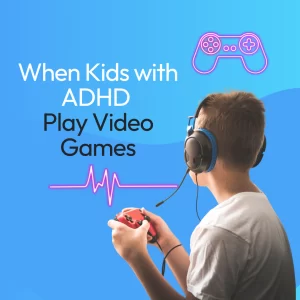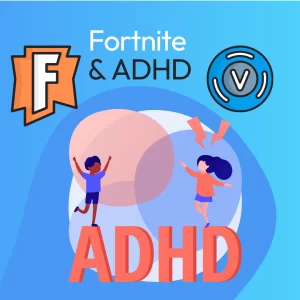In our previous posts we introduced PBIS and the first two tiers of the PBIS support structure. The first tier, or the Universal Interventions, are global interventions. All students, school-wide, will be affected by Tier 1 interventions. Previously, we used the example of traffic violations to demonstrate Universal Interventions. In that example, the tier 1 intervention was the speed limit. Applying to all drivers equally, the speed limit is enough to control the speed of most drivers. Our Tier 2 intervention was the speed trap. A speed trap does not affect 90% of drivers, as they are driving the speed limit, regardless of the presence of Police; however, the possibility of a speed trap does deter speeding in a small number of drivers. These drivers slow down at the thought of getting a ticket.
1-5% of students fall into Tier 3 interventions. Our third tier in this metaphor might be a device that constantly alerts the authorities to the speed of one particular car. Tier 3 is a highly acute intervention directed at the most disruptive students. These students demonstrate significant behavioral disruptions, and are likely to struggle along the continuum of classroom expectations. These students are receiving Tier’s 1 and 2, and still experience ongoing struggles. Obviously behaviors that are dangerous fall into a tier 3 intervention, but others behaviors can qualify as well. Consider a student who has chronic difficulty and is not responsive to Tier 1 or 2 interventions. Or a student who is impeding the learning environment for others. Either of these cases might warrant a Tier 3 nomination.
What kind of interventions exist at Tier 3?
For students with significant behavioral issues, a Behavior Intervention Plan (BIP) might be necessary. The nature of the behavior in question will determine the outline of the BIP. Interpersonal conflict between students might include a number of ideas: eating lunch in a private setting, walking from class-to-class at designated times to reduce conflict, anything that minimizes the amount of unstructured time that student has to engage in disruptive behaviors. The BIP will target specific behaviors. It will outline specific objectives. And the BIP will designate prevention strategies and consequences.
Parental involvement is extremely important to Tier 3 interventions. An Emergency Intervention Plan should have parental input and sign-off in order to help keep the students accountable. Additionally, keeping the parents informed of problem behaviors at this level will give our student another layer of support at home. Parents can review behavior plans. They can add feedback to the crisis teams. And parents can provide helpful insight into a child’s behavior.
Individualize the intervention
Tailoring the plan to the student is critical for Tier 3 interventions. Failing to individualize the intervention will result in an ineffective intervention. Expulsion is an example of a very ineffective intervention that is too broad to be helpful. Simply kicking kids out of school fails to uniquely address their problem behaviors. An individualized plan takes into account the specific problem. It outlines specific expectations. And it sets out predictable and realistic consequences for the student. Ideally, the student themselves have some degree of involvement in the genesis of this plan, as well.
The tier 3 interventions will also involve the greatest number of people. These interventions should be multi-disciplinary and team-based. Teachers and administrators will need help from counselors, parents, agency representatives, the courts, and others to ensure success. Tracking should be consistent, and the data should be reviewed regularly. Plans that are effective will set the goal of producing positive change. These plans will incorporate realistic strategies at home and at school. And these plans should attempt to understand where the behaviors are coming from, and why they are recurring.
Nominating students for a tier 3 intervention should be done cautiously. Tier’s 1 & 2 should be implemented to fidelity and have shown to be ineffective before considering transitioning a student into a tier-3 intervention. The reason for this is the number of resources that will be allocated to the student once a Tier 3 intervention is undertaken. There will be lots of work from the multi-disciplinary support structure, the parents, and the student will experience disruption in their life as well.



